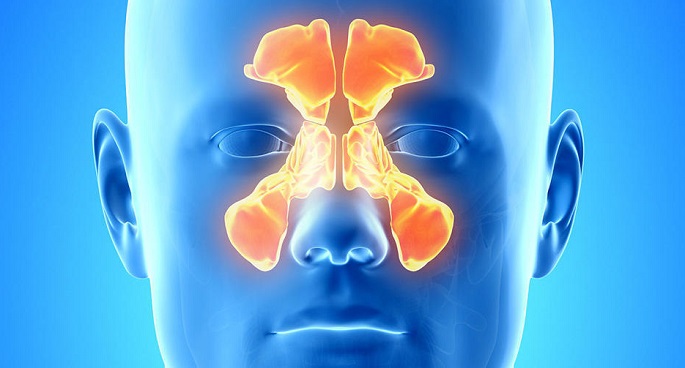Regions differ much in ESS frequency
Published : 22 Oct 2018, 01:35
Updated : 22 Oct 2018, 10:01
There are large differences in the frequency of endoscopic sinus surgery (ESS) performed due to chronic rhinosinusitis between hospital districts in Finland, according to recent research.
Chronic rhinosinusitis (CRS) is a common disease that is usually treated with intranasal medication and nasal saline lavage, said a press release issued by the University of Helsinki.
Endoscopic sinus surgery (ESS) is considered when CRS is difficult to treat. The surgery aims to restore ventilation of paranasal sinuses and reduce inflammation.
The new research findings were published in the BMJ Open, The research studied the frequency of endoscopic sinus surgery performed due to chronic rhinosinusitis. The nationwide annual age- and gender-standardized rate of ESS in Finland was 0.71 per 1,000 people. However, the rates between hospital districts varied from 0.25/1,000 to 1.15/1,000.
The regional differences remained statistically significant after adjustment with gender and age of the patients. The availability of medical services was independently associated with higher ESS rates.
“However, there remained unexplained variation in ESS rate, which could be explained by the different individual operation decision making of physicians,” said the first author of the research paper, Sanna Toppila-Salmi of the University of Helsinki.
The study group performed a cross-sectional nationwide evaluation of Finnish registration data of all CRS patients who underwent ESS in 2013-2015.
The study does not provide information on the optimal ESS rate nor give information on which patients, when and how should ESS most optimally be performed to achieve maximum beneficial improvement of health.
“There is limited knowledge on optimal treatment of chronic rhinosinusitis, and the optimal timing, patient selection and extent of endoscopic sinus surgery. In the future, controlled studies comparing different treatment options of CRS would thus be needed,” Salmi-Toppila said.
Previous, non-countrywide studies in the USA have also shown regional variation in ESS rates. The strength of the current study was that it comprised a population-based nationwide design including all patients undergoing ESS in both public and private hospitals in Finland and information concerning the diagnoses, procedures performed, and individual-level patient history data.


